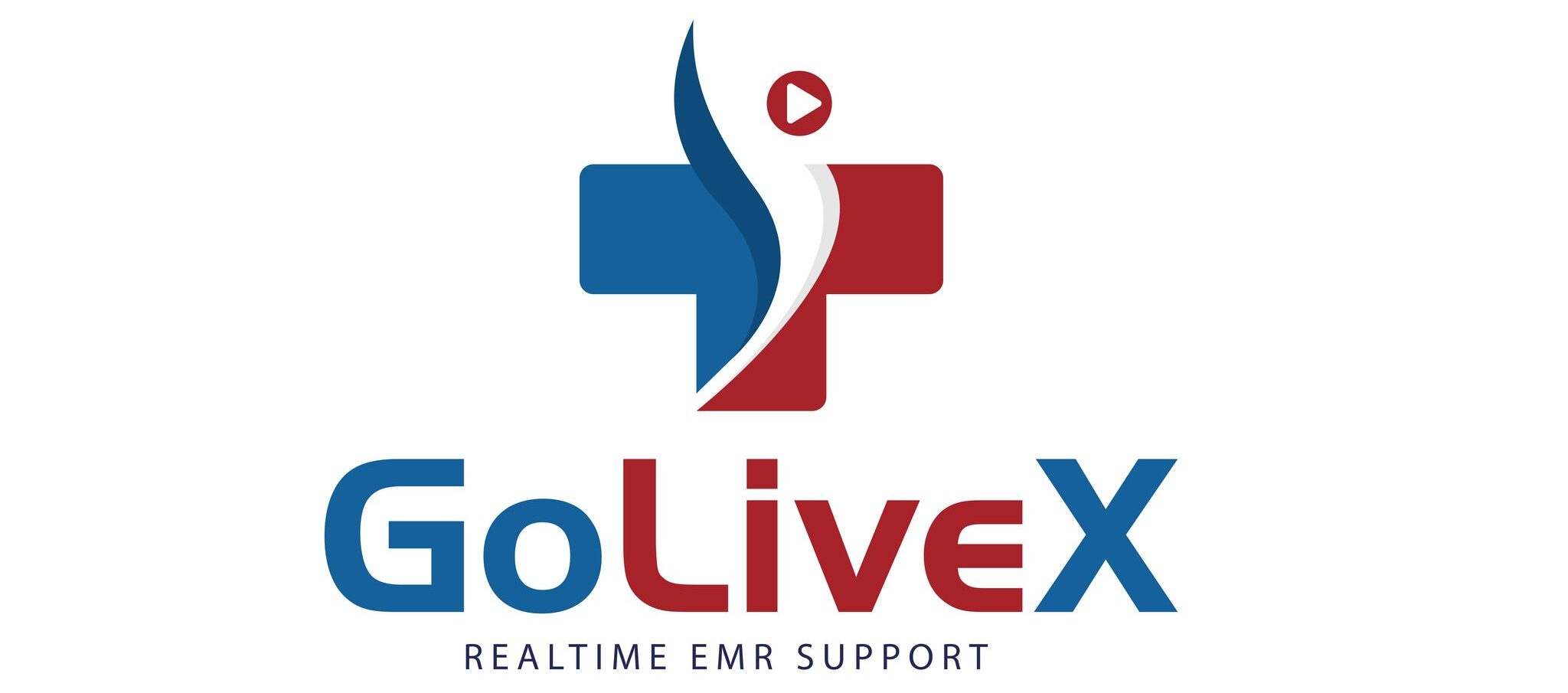They don’t wear white coats, but they read faster, see deeper, and never forget.

In the hushed corridors of modern hospitals, a new kind of healer hums unseen—its stethoscope made of algorithms, its wisdom forged in lines of code. These are the machine doctors, and they are threading themselves into Electronic Medical Records, transforming data into insight with patient‑level empathy and unerring recall.
1. Silent Scholars of the Scan
In radiology suites from Boston to Bakersfield, AI models study images as patiently as a scholar pores over ancient texts. They detect fractures before a human eye blinks, whisper warnings of hidden tumors, and measure subtle shifts in tissues that might otherwise evade notice. As each scan uploads into the EMR, these digital diagnosticians annotate findings in milliseconds—leaving clinicians with a richer, sharper picture of health.
2. The Memory That Never Fades
Human minds are brilliant but fallible. We forget dosages, confuse dates, misplace notes. Machine doctors, on the other hand, hold every detail in perfect clarity. A grandmother’s penicillin allergy, a college student’s heart‑rate variability, a veteran’s PTSD triggers—all sit at the ready, woven seamlessly into the EMR fabric. No chart ever grows dusty; no warning ever slips through the cracks.
3. Whispers of Prediction
Beyond recording the past, these digital healers gaze ahead. They sift through vitals, labs, and histories, then murmur cautions: “This patient may be at risk for sepsis,” “Review their fluid balance in two hours,” “Consider a cardiac consult.” These whispered predictions arrive in the clinician’s inbox like bedside confidences—nudges that can turn impending crises into stories of survival.
4. Conversing in Code
Machine doctors do not replace human connection—they enhance it. When a nurse reviews a patient’s EMR, she sees color‑coded alerts, natural‑language summaries, and AI‑generated care suggestions that feel almost conversational. The EMR no longer demands navigation—it invites dialogue, offering answers before questions are even fully formed.
5. Equals in the Healing Circle
In ICU command centers, AI assistants work alongside intensivists, cross‑checking ventilation settings and fluid management. In outpatient clinics, virtual scribes transcribe visits in real time, freeing doctors to meet the patient’s gaze. Across telehealth platforms, AI chatbots gather histories with gentle prompts, so when the physician joins the video, the story is already half‑told.
These machine doctors don’t don stethoscopes or prescribe with flair. Yet their presence is profound: a steady pulse beneath every chart, a watchful partner in every decision, a guardian of detail that never sleeps. As AI weaves itself into EMRs from coast to coast, it reminds us that healing is, at its heart, an act of memory, anticipation, and understanding—and that sometimes, the best partner in that work is a mind of silicon and light.
